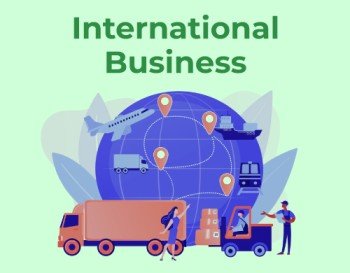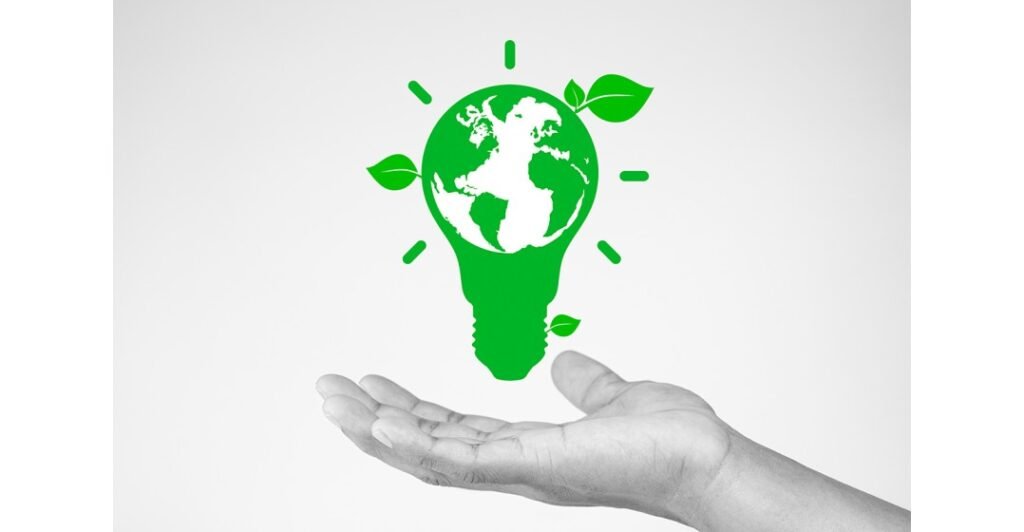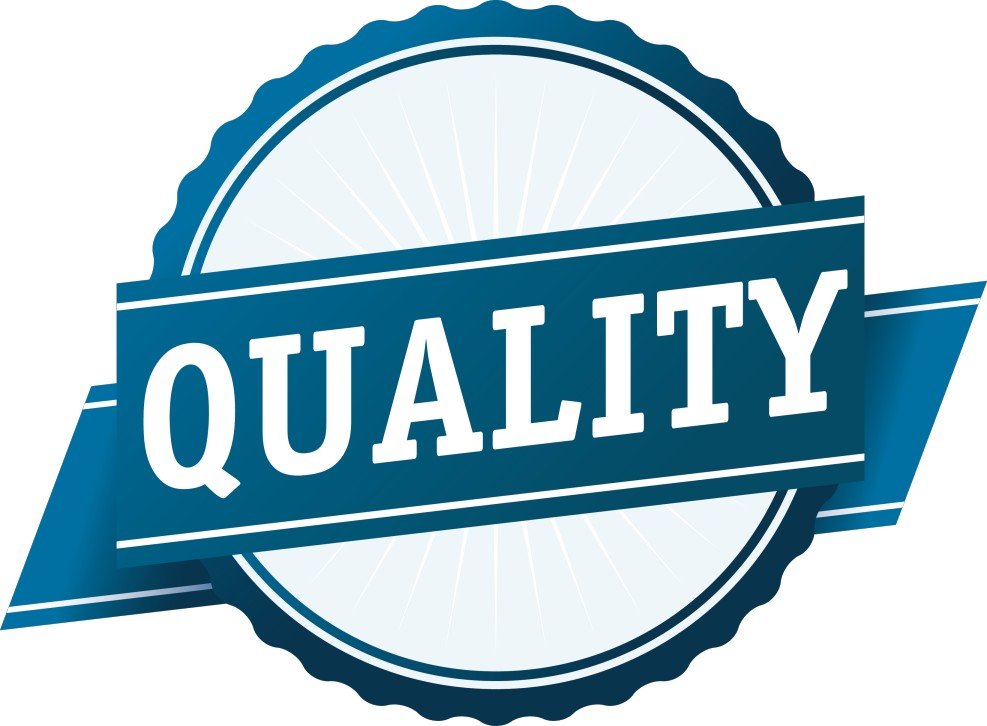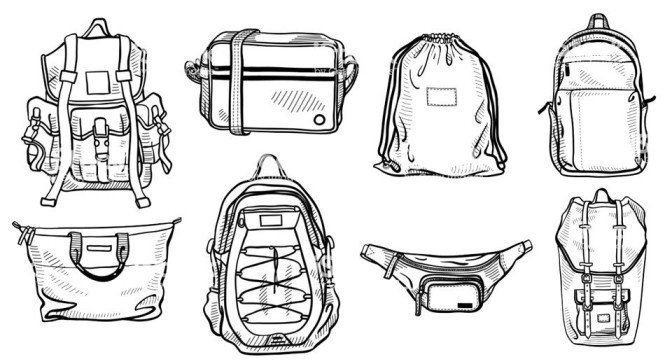
In today’s globalized world, the bags we use daily, from purses to backpacks, might have journeyed across multiple countries before reaching our hands. Original Equipment Manufacturer (OEM) bags represent a significant portion of this international trade. As these bags traverse borders, they also encounter varying environmental regulations, each country with its distinct approach to sustainability and eco-friendly production. With the surging emphasis on environmental conservation, these regulations have grown in importance, holding industries accountable for their ecological footprints. But how exactly do these environmental stipulations affect OEM bag production? This article delves into the intricate web of regulations and their direct and indirect consequences on the OEM bag industry across different nations.
1. Environmental Regulations and Raw Materials
In the bustling world of bag production, raw materials serve as the foundation. They not only dictate the quality and longevity of the final product but also significantly influence the bag’s environmental footprint. As countries become increasingly conscious of their ecological responsibilities, environmental regulations emerge as guiding forces, directing the choices made in the sourcing of these raw materials. Let’s delve into how these rules influence material selection and promote sustainability in OEM bag production.
1. Restrictions on Certain Materials. One of the most prominent impacts of environmental regulations is the imposition of restrictions on certain materials. Plastics, especially single-use variants, have come under global scrutiny due to their detrimental effects on the environment. These plastics can take hundreds of years to degrade, often ending up in oceans and harming marine life. As a result, several countries have imposed bans or stringent limits on the use of specific plastics in bag production. For OEM manufacturers, this means either finding alternatives or tweaking the composition of their products to reduce environmental harm.
2. The Rise of Sustainable and Recyclable Materials. Driven by regulatory pressures and increasing consumer demand for sustainable products, there’s a noticeable shift towards using eco-friendly materials in bag production. Regulations often provide incentives or mandate the use of materials that have a lower environmental impact. For instance, materials like jute, organic cotton, and hemp are gaining popularity for their biodegradability and minimal ecological footprint. Additionally, recyclable materials like PET (from recycled bottles) offer a two-fold advantage: they reduce waste in landfills and provide a raw material source for new bags. The push for these materials isn’t merely a regulatory demand; it’s also a strategic move by OEM producers to appeal to the growing segment of environmentally-conscious consumers.

2. Production Processes and Standards
The shift towards sustainability is not merely skin-deep or confined to the surface materials of the products we use. Deep within the factories and the heart of the production lines, transformative changes are happening, driven by environmental regulations. These regulations aren’t just setting benchmarks for the end product; they’re redefining the very processes and standards by which products like OEM bags are crafted. Let’s journey into the manufacturing zones to understand how.
1. Waste Management The mantra ‘Reduce, Reuse, Recycle’ finds significant application in modern manufacturing units. Environmental regulations have compelled factories to adopt more efficient production techniques that minimize waste. Scraps of fabrics, plastics, and other materials, previously discarded, are now getting a second life. By either reincorporating these into the production line or ensuring they’re sent for recycling, waste output is drastically reduced. Moreover, manufacturers are investing in technologies and methods that ensure efficient use of raw materials, cutting down on wastage right from the outset.
2. Energy Consumption The global push towards reducing carbon footprints has directed attention to the energy-intensive manufacturing sector. Regulations now often cap the amount of energy factories can consume or, at the very least, mandate disclosures of energy consumption figures. This has resulted in a twofold approach: firstly, OEM bag manufacturers are optimizing processes to be energy-efficient. Secondly, there’s a discernible shift towards green energy sources, with many factories using solar, wind, or hydroelectric power to meet their energy needs.
3. Emissions and Pollutants Air and water quality have suffered immensely due to unchecked industrial emissions in the past. Today, strict regulations are in place in many countries that set limits on the type and quantity of emissions a factory can release. This means that manufacturers must employ cleaner methods, use eco-friendly materials, and invest in machinery that curbs or treats emissions before they’re discharged into the environment. Water used in processes, for instance, often needs to be treated to remove chemicals before being released.
4. Green Machinery and Equipment Meeting the stringent environmental demands of today isn’t possible with yesterday’s machinery. Recognizing this, there has been a surge in the development and adoption of green machinery—equipment designed to be energy-efficient, produce less waste, and operate with minimal emissions. Whether it’s sewing machines that consume less power or dyeing units that utilize eco-friendly pigments, the transformation is widespread. Investing in such machinery is not just a regulatory compliance measure but also a long-term cost-saving strategy for many manufacturers.

3. Design and Innovation
Behind every product we encounter, there lies a story of design—of envisioning, crafting, and refining. But today, that design narrative isn’t just fueled by aesthetics or functionality alone. With the ever-evolving environmental regulations, the framework of design has dramatically expanded. These regulations, while appearing as constraints, are now the unsung muses of modern innovation in the OEM bag industry. Let’s delve into how these rules have inadvertently become the catalysts for creative revolution.
1. The Push for Eco-friendly Designs Environmental regulations have increasingly highlighted the environmental cost of wasteful designs—those that use excessive materials, are hard to recycle, or have a short lifespan. This has prompted designers to rethink the fundamentals. Now, designs emphasize minimalism without compromising on style. Features like modularity, where parts of a bag can be replaced instead of discarding the entire product, are becoming popular. Furthermore, designs now often integrate eco-friendly materials seamlessly, making the green choice also the most fashionable one.
2. Balancing Compliance and Consumer Desires Meeting regulatory standards while also appealing to the diverse tastes of global consumers is no small feat. This challenge has become a hotbed for innovation. Designers and engineers collaborate more closely than ever to birth solutions that tick both boxes. For instance, alternative materials like mushroom leather or lab-grown fabrics are being explored to craft products that are both luxurious and sustainable. The bags not only adhere to environmental regulations but also satiate the evolving consumer appetite for unique, eco-conscious products.
3. Adaptable Designs for Varied Regulations Given the vast spectrum of environmental regulations across countries, one-size-fits-all designs no longer suffice for OEMs targeting a global market. As a solution, adaptable designs are emerging. These are base designs that can be tweaked based on the destination country’s regulations. Whether it’s adjusting the type of dye used or altering the bag’s structure to reduce material usage, these adaptable designs ensure compliance without the need for redesigning products from scratch for each market.

4. Quality Assurance and Certifications
Quality assurance, a term once primarily associated with product durability and functionality, has undergone a significant transformation in recent years. In today’s sustainability-driven marketplace, quality assurance extends beyond traditional metrics to encompass environmental responsibility. This shift is further exemplified through various green certifications, becoming pivotal markers of a brand’s commitment to the environment. How exactly do these play into the realm of OEM bag production, and why are they more relevant now than ever?
1. Beyond Durability: The New Paradigm of Quality Traditionally, a well-made bag was judged by its durability, functionality, and aesthetics. While these remain integral, there’s an added dimension now: environmental impact. As consumers grow increasingly eco-conscious, they seek products that align with their values. Thus, manufacturers must not only ensure that their bags last but also that they tread lightly on the Earth. This holistic approach to quality emphasizes both product longevity and sustainability, ensuring minimal environmental degradation throughout the product’s life cycle.
2. The Green Seal of Approval: Obtaining Certifications With the market flooded with claims of ‘eco-friendly’ and ‘sustainable,’ how does one differentiate genuine commitment from mere greenwashing? This is where green certifications come into play. Recognized bodies, both governmental and independent, have established criteria that products must meet to earn specific certifications. For OEM bag manufacturers, obtaining certifications like the Global Organic Textile Standard (GOTS) or Cradle to Cradle can be crucial. These certifications not only validate the eco-friendliness of the materials used but can also scrutinize production processes, waste management, and more. For a consumer, these certifications serve as a beacon, signaling genuine environmental commitment.
3. Brand Reputation and Trust in the Green Age A brand is no longer just represented by its logo or its marketing campaigns; it’s an embodiment of values and practices. In an age of information, consumers can, and often do, delve deep into a brand’s environmental ethos. By meeting environmental standards and flaunting green certifications, brands can significantly enhance their reputation. This commitment goes a long way in building trust, as consumers feel confident that their purchases contribute to global sustainability efforts. Moreover, a brand’s green endeavors often become talking points, fostering organic conversations and endorsements, and amplifying its reputation further.

5. The Future of OEM Bag Production
The winds of change are sweeping across industries, reshaping paradigms and setting new courses. The OEM bag industry, pivotal in both fashion and functionality for consumers worldwide, stands at the cusp of significant transformation. As we look to the horizon, a myriad of predictions and trends emerge, sketching a future that is both green and global. Let’s journey forward in time and glimpse what the future holds for OEM bag production.
1. The Green Revolution: Technologies and Materials The term ‘revolution’ is often overused, but when it comes to the surge in green technologies and materials, it is nothing short of revolutionary. Research and development in this sphere are seeing exponential growth, and promising breakthroughs that will redefine bag production:
- Advanced Bioplastics: As the search for alternatives to conventional plastics intensifies, we can expect the rise of advanced bioplastics—derived from renewable sources, offering similar durability but with a fraction of the environmental impact.
- AI and Automation: With artificial intelligence and automation making inroads into manufacturing, their integration will ensure optimal resource use, minimizing waste and maximizing efficiency.
- Sustainable Materials on the Rise: Beyond the now-popular bamboo or hemp, the future may see materials derived from algae, fungi, or even recycled ocean plastics. These materials will not just be sustainable but also offer unique textures and aesthetics, enriching design possibilities.
2. A Unified Call: Global Standards on Environmental Regulations While the current landscape sees a patchwork of environmental regulations, varying from one country to another, there’s a growing call for unified global standards. The benefits are manifold:
- Streamlined Production: For OEMs operating internationally, a unified standard can simplify compliance, allowing them to maintain consistent production processes irrespective of the destination market.
- Elevated Sustainability: Global standards will likely represent the best practices from across countries, pushing manufacturers to adopt the highest sustainability measures.
- Consumer Trust: With a globally recognized standard, consumers can trust the sustainability claims of products, irrespective of where they’re produced or purchased.
6. Conclusion
For global buyers, this evolution offers both challenges and opportunities. The challenge lies in navigating this evolving landscape, discerning genuinely sustainable practices from mere greenwashing. But the opportunity? It’s monumental. By aligning purchases with sustainable OEMs, buyers have the power to champion environmental causes, influence industry standards, and pave the way for a greener future.
As you embark on your journey towards a greener lifestyle, let Airscape be your trusted companion. Our bags not only carry your belongings but also the promise of a brighter, eco-friendly future. Explore our range, and discover the perfect blend of style, function, and sustainability by filling out the form on this page or just clicking here.

